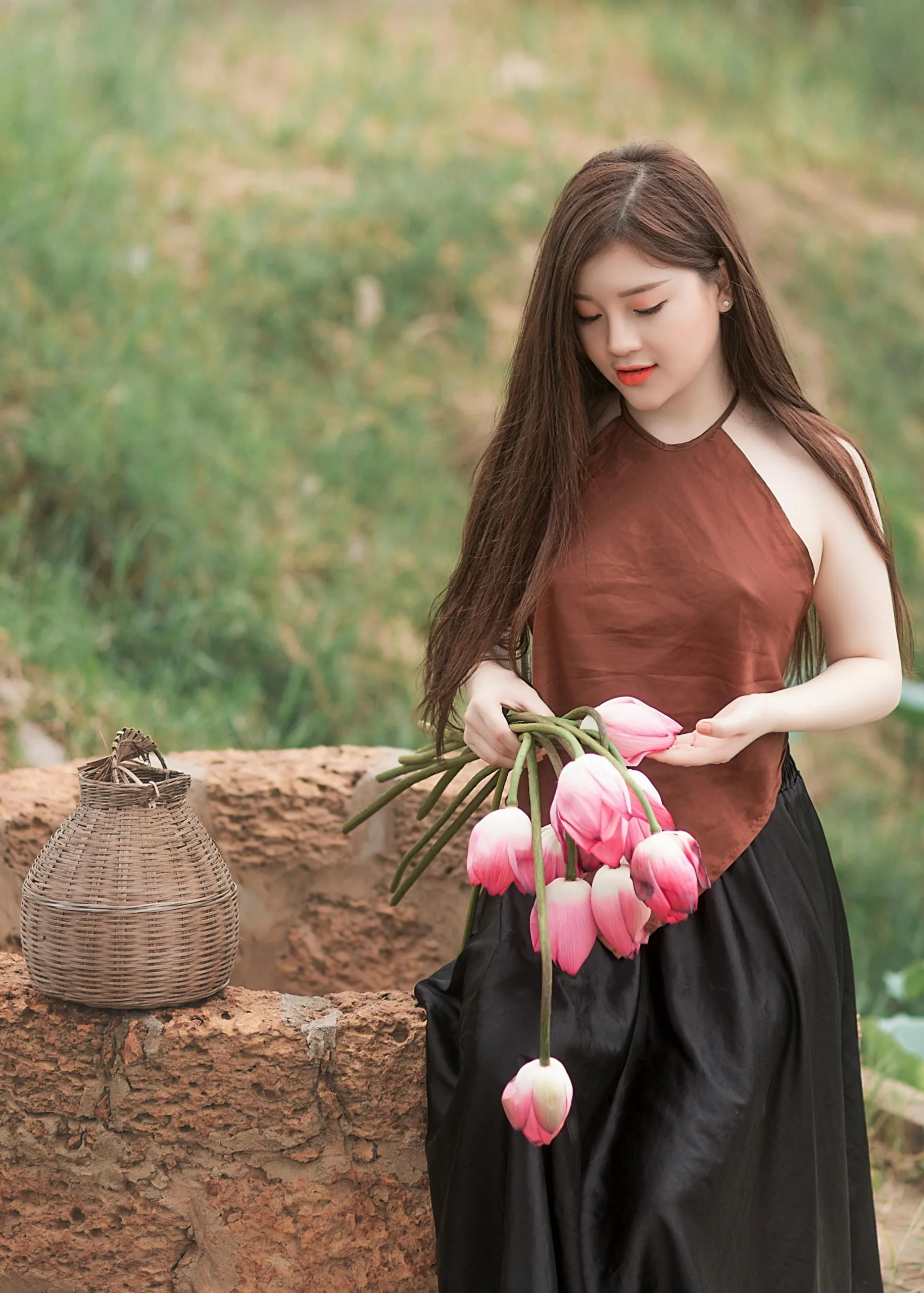Table of Contents:
- Introduction
- A New Perspective on ‘Shogun’
- Casting and Cultural Authenticity
- Behind the Scenes: Filming Challenges and Relocation
- Showrunners’ Vision: A Modern Approach
- Navigating Cultural Sensitivities
- Historical Fidelity: From Kimonos to Katana Swords
- Women in ‘Shogun’: Breaking Stereotypes
- The Legacy of ‘Shogun’: A Daughter’s Perspective
- FAQ
- Why did the show relocate its filming to British Columbia?
- How did the show address historical accuracy?
- What role did Japanese consultants play in the production?
- Why did the series deviate from some aspects of the novel?
- How did the cast approach their roles in bridging cultures?
- Conclusion
- Stay Updated with FLAG PULSE
1. Introduction
Gina Balian, co-president of FX Entertainment and a former “Game of Thrones” executive, embarked on a decade-long journey to revive James Clavell’s iconic novel, “Shogun.” The 1980 mini-series, known for its white male lead, gets a modern makeover with a broader cultural lens.
2. A New Perspective on ‘Shogun’
While the original series focused on Richard Chamberlain, the new adaptation explores the kaleidoscopic world of Clavell’s novel. The narrative delves into the minds of Japanese characters, presenting a more nuanced portrayal of the clash between cultures.
3. Casting and Cultural Authenticity
Cosmo Jarvis takes on the role of John Blackthorne, the English sailor encountering Japan’s mysteries. Hiroyuki Sanada, playing Toranaga, emphasizes the importance of historical accuracy. The series, like the novel, seeks to bridge cultures while catering to an international audience.
4. Behind the Scenes: Filming Challenges and Relocation
Production faced early hurdles finding open land in Japan, leading to a shift to British Columbia. The decision aimed to capture the essence of Japan while providing a canvas for the series’ grand storytelling.
5. Showrunners’ Vision: A Modern Approach
Showrunners Justin Marks and Rachel Kondo, along with a predominantly Asian American women writers’ room, bring a fresh perspective. Their goal is to connect with the culture authentically, fostering a deeper understanding of the story’s intricacies.
6. Navigating Cultural Sensitivities
Mako Kamitsuna and Eriko Miyagawa, consultants on Japanese culture, ensure authenticity. Language nuances are carefully crafted, with Japanese dialogue subtitled for a more immersive experience.
7. Historical Fidelity: From Kimonos to Katana Swords
Details matter – from kimono color schemes to the intricacies of carrying katana swords. The series strives for a balance between historical fidelity and audience engagement.
8. Women in ‘Shogun’: Breaking Stereotypes
The portrayal of women in “Shogun” evolves, breaking free from traditional roles. Actress Anna Sawai, playing Toda Mariko, emphasizes the importance of textured scenes that showcase women beyond mere accessories.
9. The Legacy of ‘Shogun’: A Daughter’s Perspective
Michaela Clavell, custodian of her father’s literary estate, acknowledges the original series’ pride but recognizes the need for an update. The modern era demands a more inclusive and authentic portrayal.
10. FAQ
Why did the show relocate its filming to British Columbia?
The relocation addressed challenges in finding suitable locations in Japan, providing a visually stunning backdrop while maintaining cultural authenticity.
How did the show address historical accuracy?
Japanese consultants worked closely with the production team, ensuring linguistic and cultural nuances were portrayed accurately. Some deviations were made to enhance clarity for a broader audience.
What role did Japanese consultants play in the production?
Mako Kamitsuna and Eriko Miyagawa collaborated on translating scripts into classical Japanese, blending authenticity with modern clarity. Their expertise enriched the series with cultural depth.
Why did the series deviate from some aspects of the novel?
To adapt to changing audience expectations, the series made selective deviations, aiming to update the narrative without compromising its essence.
How did the cast approach their roles in bridging cultures?
Cosmo Jarvis, playing John Blackthorne, embraced learning about Japan alongside his character. Hiroyuki Sanada, with experience in cross-cultural films, recognized the character’s international appeal.
11. Conclusion
“Shogun” returns to captivate audiences with a modern and inclusive retelling of Clavell’s masterpiece. The series transcends cultural boundaries, offering a richer narrative that reflects the diversity of its characters and the complexities of history.
12. Stay Updated with FLAG PULSE
To stay updated, follow the FLAG PULSE channel on:
- X : https://x.com/FlagPulse
- Telegram : https://x.com/FlagPulse
- WhatsApp: https://tinyurl.com/nhftm8se
